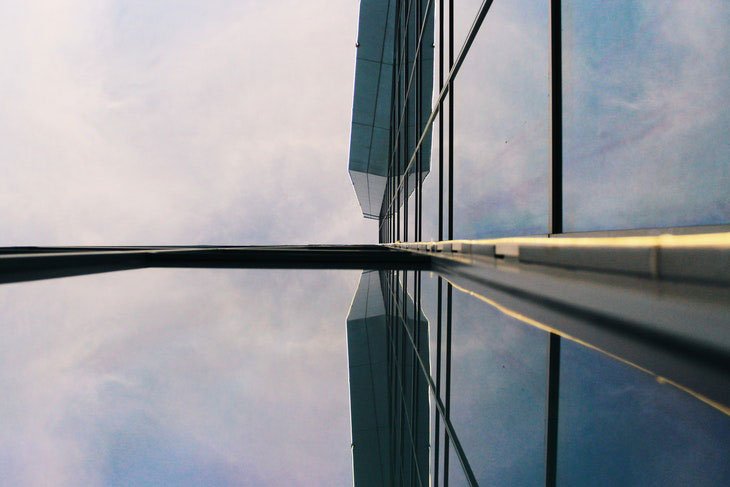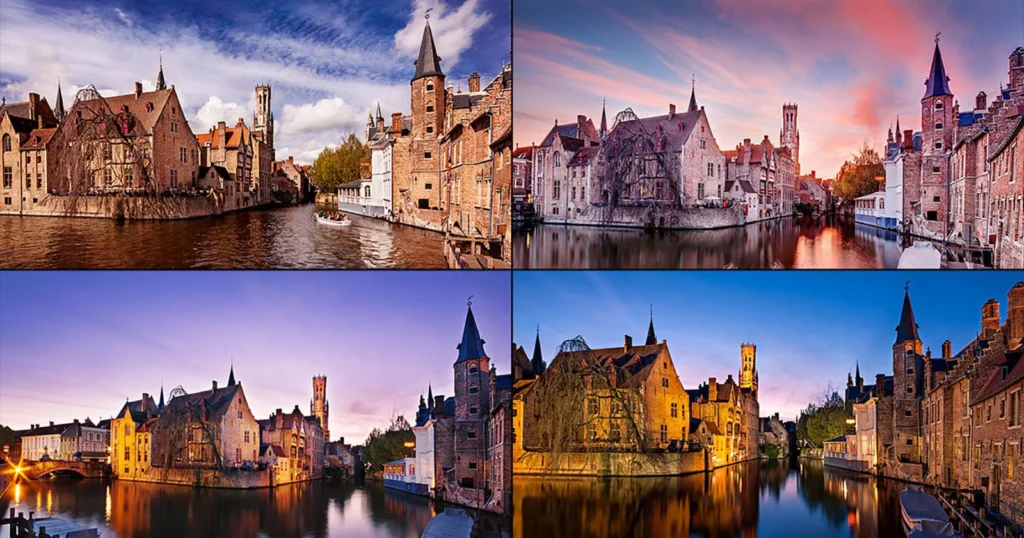Architectural photography is not just about capturing buildings; it’s about showcasing them in the best possible light. Weather conditions and the time of day play a significant role in determining the mood, lighting, and overall impact of your architectural photos. Understanding these elements can help you make informed decisions about when and how to shoot your subjects to create compelling images. Here’s a detailed guide on how weather and time of day influence architectural photography and tips to make the most of these factors.
The Role of Weather in Architectural Photography
Sunny Days
Bright and Crisp Images:
Sunny days provide bright, direct sunlight that creates sharp, crisp images with strong contrasts and vivid colors. This type of lighting is ideal for capturing the details and textures of buildings.
Challenges:
However, harsh sunlight can also cast deep shadows and cause overexposure in some areas. To mitigate this, try shooting during the golden hours (just after sunrise or before sunset) when the light is softer and more diffused.

Cloudy and Overcast Days
Soft and Even Lighting:
Cloudy or overcast days offer soft, diffused lighting that minimizes harsh shadows and highlights. This type of lighting is perfect for capturing the subtle details and textures of a building without the distraction of strong contrasts.
Mood and Atmosphere:
Overcast skies can add a dramatic and moody atmosphere to your photos, enhancing the architectural features in a unique way. Use this to your advantage by composing your shots to emphasize the mood.
Rainy Days
Reflections and Textures:
Rain can create interesting reflections on surfaces like glass, metal, and pavement, adding a dynamic element to your photos. Wet surfaces also enhance textures, making them stand out more prominently.
Challenges:
Shooting in the rain can be challenging due to the risk of getting your equipment wet. Use weather-sealed gear and consider shooting from sheltered locations or using rain covers.
Snowy Days
Bright and Clean Aesthetic:
Snow can create a bright, clean, and minimalist aesthetic in your photos. The white snow acts as a natural reflector, filling in shadows and providing even lighting.
Challenges:
Snow can cause exposure issues due to its brightness. Use exposure compensation to avoid overexposing your images and losing detail in the snow.
The Impact of Time of Day on Architectural Photography
Morning Light
Golden Hour:
The golden hour, which occurs just after sunrise, offers warm, soft light that enhances the colors and textures of buildings. This is an ideal time for capturing exterior shots with a warm and inviting glow.
Cooler Tones:
Early morning light has a cooler tone, which can add a fresh and crisp feel to your photos. This is great for capturing modern architecture and clean lines.
Midday Light
Bright and Harsh Light:
Midday light is bright and harsh, casting strong shadows and creating high contrast. This time of day is less ideal for architectural photography due to the extreme lighting conditions.
Using Shadows:
If you must shoot at midday, use the shadows creatively to add depth and dimension to your photos. Look for interesting patterns and shapes created by the shadows.
Afternoon Light
Golden Hour:
The golden hour before sunset provides similar benefits to the morning golden hour, with warm, soft light that is perfect for capturing the warm tones of buildings.
Long Shadows:
As the sun sets, the shadows become longer, creating dramatic and visually interesting effects. Use these shadows to add depth and intrigue to your images.
Night and Blue Hour
Blue Hour:
The blue hour, just after sunset or before sunrise, offers a cool, blue-toned light that can create a magical and ethereal atmosphere. This is a great time for capturing buildings with a calm and serene feel.
Artificial Lighting:
At night, buildings are often illuminated by artificial lights, which can add a dramatic and dynamic element to your photos. Look for well-lit buildings and use long exposures to capture the light trails and glowing effects.
Practical Tips for Capturing Buildings in Different Conditions
Preparation and Planning
Check the Weather Forecast:
Before heading out to shoot, check the weather forecast to plan your session accordingly. This will help you anticipate the lighting conditions and prepare for any potential challenges.
Scout the Location:
Visit the location beforehand to identify the best angles and compositions. Note how the light interacts with the building at different times of the day.
Equipment and Settings
Use a Tripod:
A tripod is essential for maintaining stability, especially in low-light conditions or when using long exposures.
Adjust Your Settings:
Experiment with different camera settings to adapt to the lighting conditions. Use a lower ISO to reduce noise, and adjust the aperture and shutter speed to control exposure.
Filters:
Use filters, such as polarizers or ND filters, to manage reflections and control the exposure in bright conditions.
Composition and Creativity
Emphasize Mood:
Use the weather and time of day to emphasize the mood and atmosphere of your photos. For example, capture the tranquility of a snowy day or the vibrancy of a sunny afternoon.
Play with Reflections and Shadows:
Look for reflections in water, glass, or other surfaces to add depth and interest. Use shadows creatively to enhance the architectural features.
Showcase Details:
Focus on the details and textures that are highlighted by the specific lighting conditions. This can add a unique and engaging element to your photos.
Conclusion
Understanding the influence of weather and time of day on architectural photography allows you to make informed decisions and create visually compelling images. By experimenting with different conditions and lighting scenarios, you can capture the true essence of architectural designs and showcase their beauty in unique and creative ways.

